In particular, for hundreds of thousands of workers in industrial parks in Vinh Phuc , this is not only a wish, but a vital need.
In 9 industrial parks and 13 industrial clusters in the province, the labor cycle of hundreds of thousands of workers is still taking place at high speed and under great pressure.
It is common for a worker to work 9-10 hours a day, not to mention overtime and weekend work. On average, each worker in industrial parks and clusters works 54-60 hours a week, including overtime.
Not to mention the time spent commuting, taking care of family, recovering physical strength... things that are almost "cut" in exchange for a living wage.
At such an intensity, the concern is not only the prolonged fatigue, but also the risk of physical and mental wear on workers. Maybe they still come to the factory today, still work the full number of hours.
But the truth is, their bodies are gradually becoming exhausted and are gradually turning against them with clinical manifestations, instead of calling out for rest.
The proposal to reduce working hours to 44 hours/week in the private sector, if implemented, would not only improve working conditions, but would also be a humane step forward, recognizing human biological and psychological limits.
That affirms that workers are not machines. And a modern, humane production system cannot operate in a state of exhausted health.
For private enterprises, especially local small and medium enterprises, the concern is understandable. Reducing working hours means reducing the time to create products, which means the risk of increasing costs if productivity is not improved. Such concerns are legitimate, especially in the context of a volatile market, with a large gap in competitiveness between domestic enterprises and FDI enterprises.
However, if we stop at the calculation of "the more work, the more profit", we will ignore an important principle in modern management: labor productivity is not simply the total number of working hours, but the real quality and efficiency of each working hour.
In fact, working continuously for long hours does not make you more productive. On the contrary, after a certain threshold, your body and mind become tired and your performance begins to decline.
A worker can be “present” at the factory for 10 hours, but if they are tired and unfocused during the last 3 hours, that time is almost meaningless, and can even lead to mistakes and accidents, causing losses much greater than the cost of overtime pay.
Research from the International Labor Organization (ILO) has shown that: When working hours exceed 48 hours/week, productivity begins to decrease, while the risk of work-related injuries and occupational diseases increases significantly.
Thus, increasing working hours does not mean increasing labor productivity - that is an unsustainable trade-off. On the contrary, when workers have reasonable rest and recharge, they will work more focused, make fewer mistakes and, most importantly, feel more attached to their work.
Some large enterprises in the province have begun to realize this. Instead of increasing overtime, some FDI enterprises in industrial parks such as Honda, Piaggio, Compal... apply flexible shift arrangements, support workers to take breaks in the middle of the week or rotate shifts to avoid overload; they invest in optimal production processes, apply machinery to repetitive, high-intensity stages; at the same time, organize training to improve workers' skills to save operating time.
That is the right direction to invest in people to increase quality, instead of over-exploiting physical strength.
Reducing working hours, viewed from this perspective, is not only a humanitarian policy, but also a strategic choice to enhance long-term competitiveness. Enterprises that understand and act early will be the ones that gain an advantage in the new era of human resource competition.
We cannot have a healthy, loyal and creative workforce if they are forced to work in a state of constant overload. The body’s limits are real. And reducing working hours is the most practical action to respect those limits, preserve labor force today, and invest in quality growth tomorrow.
Article and photos: Hoang Cuc
Source: http://baovinhphuc.com.vn/Multimedia/Images/Id/130103/Gioi-han-cua-co-the


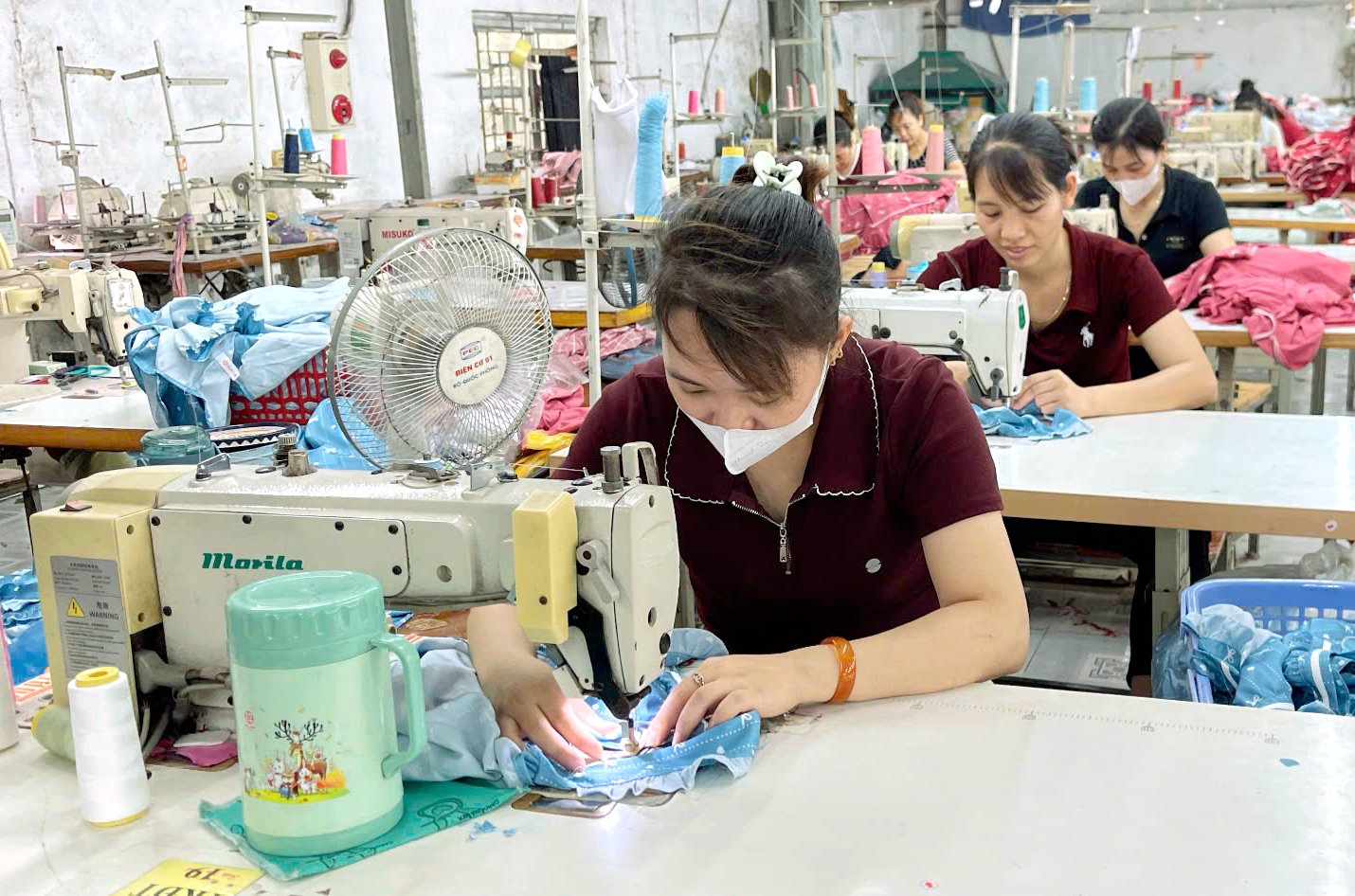

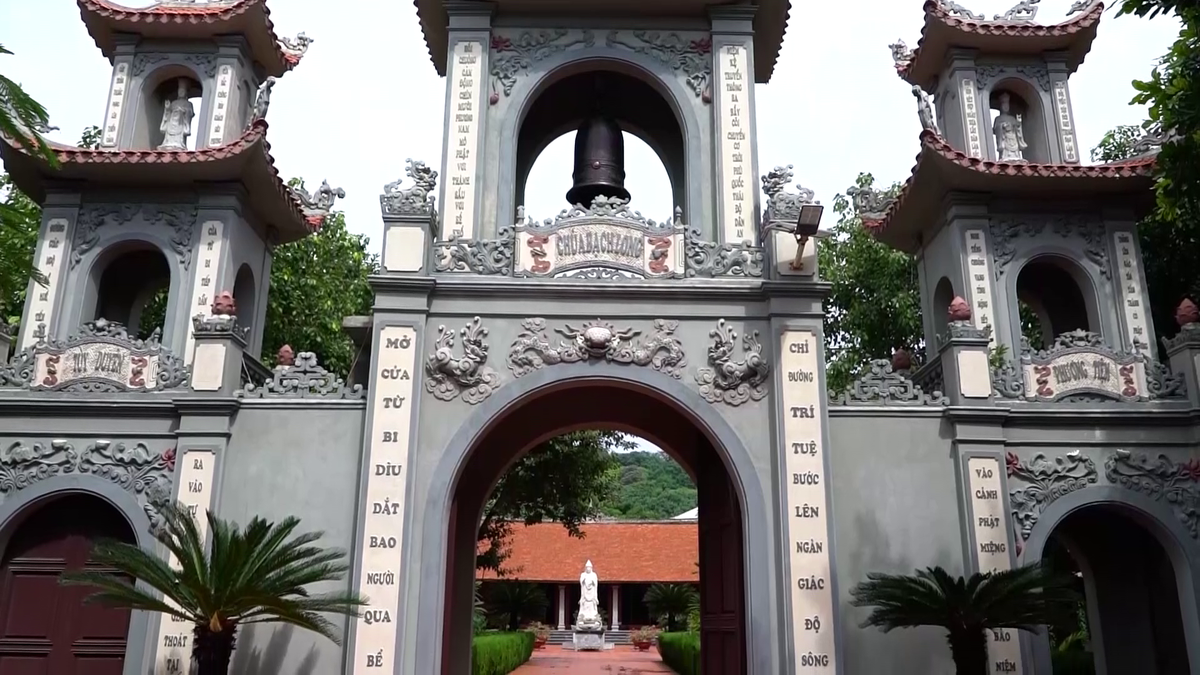
![[Photo] General Secretary To Lam works with the Party Committee of the Fatherland Front and Central organizations](https://vphoto.vietnam.vn/thumb/1200x675/vietnam/resource/IMAGE/2025/6/23/a252b388e91447ac8fabf948c00f2a21)

![[Photo] Prime Minister Pham Minh Chinh chairs national online conference on new rural construction and poverty reduction](https://vphoto.vietnam.vn/thumb/1200x675/vietnam/resource/IMAGE/2025/6/23/0d239726be21479db1ea6d8d77691a6d)
![[Photo] Prime Minister Pham Minh Chinh chairs conference to accelerate disbursement of public investment capital, deploy key projects and eliminate temporary and dilapidated houses](https://vphoto.vietnam.vn/thumb/1200x675/vietnam/resource/IMAGE/2025/6/23/fcb205e3ca19432eac326f55123308f4)
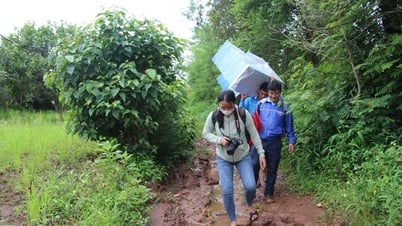

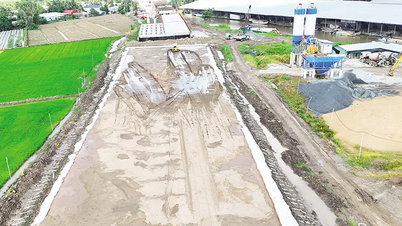

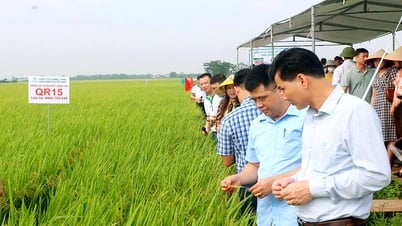










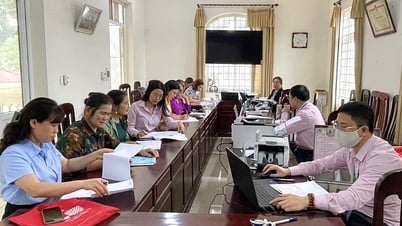


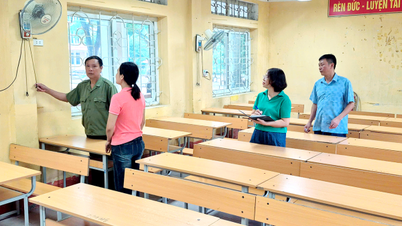
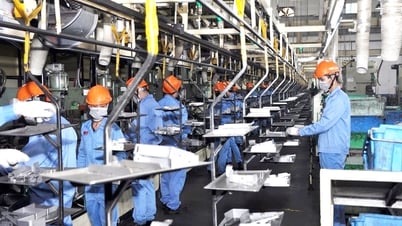





























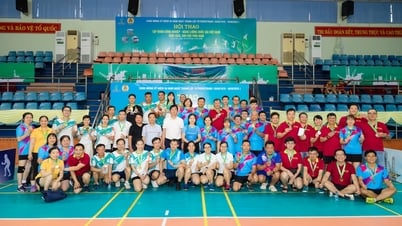
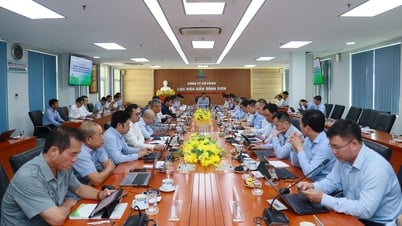

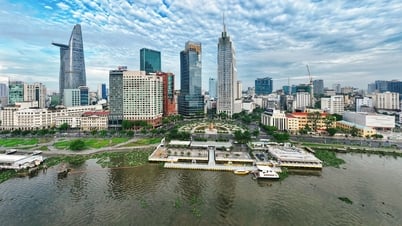















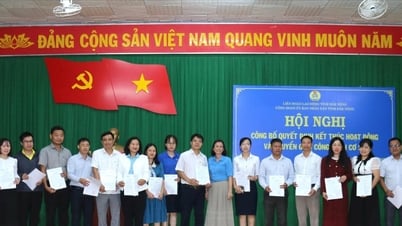



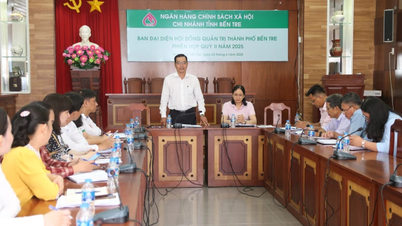

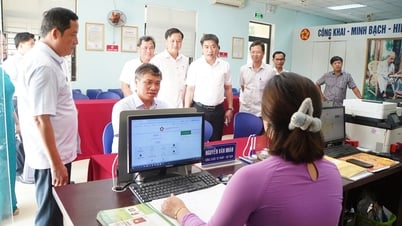

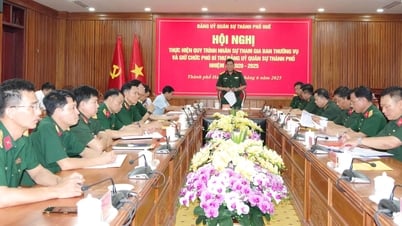

















Comment (0)